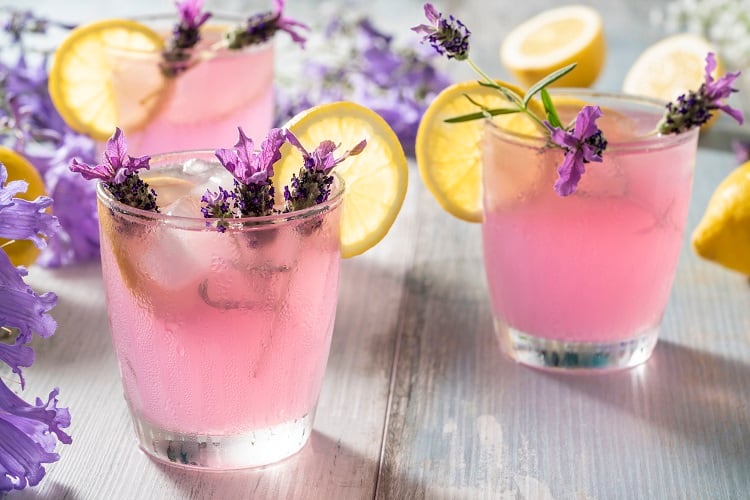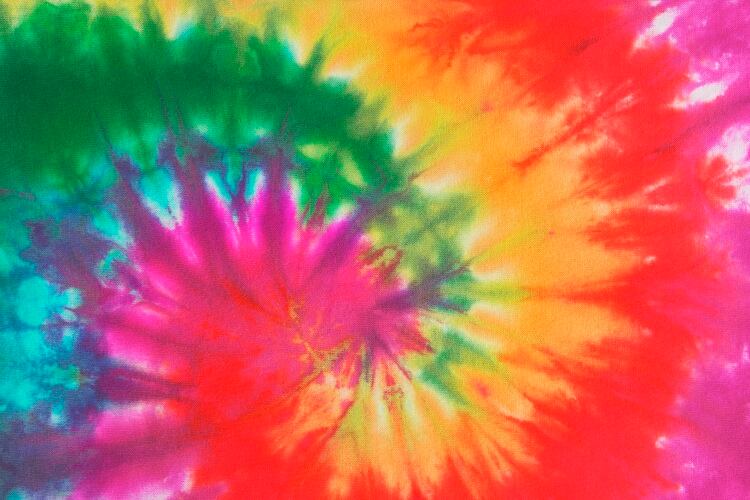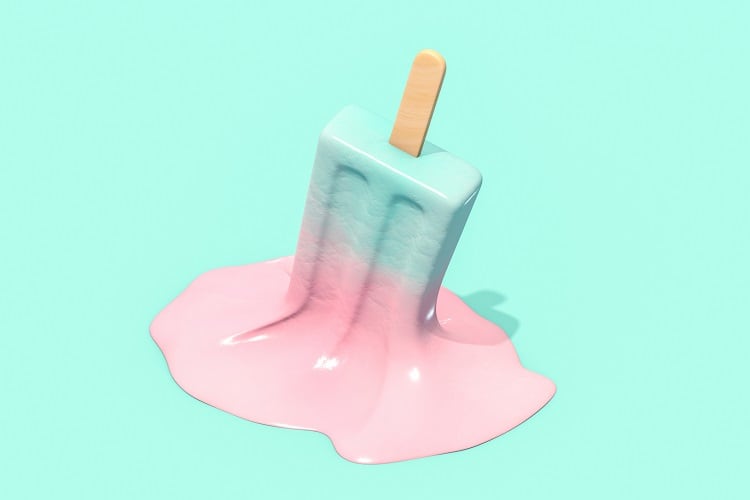It is widely acknowledged that the most important attribute of any food’s appearance is its colour. According to the Encyclopedia of Food Chemistry, colour plays an ‘essential’ role in food appearance and acceptability. It is critical, therefore, that food and beverage makers get it right.
Colour trends can play an important role in consumer perceptions and buying behaviour, perhaps now – given the dominance of image-focused social media platforms such as Instagram and Snapchat – more than ever.
As we near the close of 2022, we ask: which colours are expected to trend in the new year? And what factors are driving these trends?
Soft pastels and neutral shades
The food and beverage industry should prepare for pastel flavour trends in 2023, alongside muted, more neutral pigments.
In the first half of the year, specifically, colours such as ‘digital lavender’ are expected to trend across many categories, according to natural food colour manufacturer Oterra (formerly Chr. Hansen natural Colors). “This colour also fits well with the food and beverage trends of including more floral and herbal notes,” said Rene Fonteijn, Industry Business Manager at Oterra.
The supplier sees categories such as confectionery, ice cream, beverages, and bakery products to be well suited to pastel tones, describing them as ‘perfect examples’ of categories that go well with floral and herbal notes but are also very ‘Instagrammable’.
Colours supplier GNT has similarly observed a ‘strong movement’ towards pastels. “Cute, soft-play pastel shades are redefining what ‘healthy and sustainable’ looks like, embracing themes of comfort, kindness and joyfulness,” said Julia Meyer, Healthy Hedonism trend specialist at GNT Group, told this publication.
“These work well with fluffy, squishy, or sugar finishes on round and organic shapes like mochi and marshmallows.”

Sticking with the pastel theme, muted violet and languid lavender are two shades highlighted by ADM for 2023. The supplier expects these hues will translate into unique products, such as bubble teas, ice cream and functional beverages.
“In the same vein, warm, neutral shades that correspond with comforting vanilla will have staying power in the new year, helping consumers feel more mellow and relaxed,” noted the company.
‘Psychedelic’ pigments and bold self-expression
At the same time, bolder, brighter colours are also expected to be picked up by food and beverage makers in the new year.
From ADM’s perspective, gone are the days of ‘Millennial Pink’, as Pantone’s 2023 Colour of the Year winner ‘Viva Magenta’ ushers in a ‘new wave of self-expression’. “Trends like ‘Barbiecore’ will ride high as consumers are being drawn to playfulness and excitement, and attention-grabbing saturated shades are back in force (think 1980s),” noted the company.
“Specifically, the vibrancy, optimism and boldness of deep, bright pink is exploding across categories…In addition to pink, saturated shades of orange, blue, teal and purple will accompany bold flavour profiles.”
Oterra, too, expects shades from yellow to orange to become more dominant. Of course, these colours are already very familiar in almost all food and beverage products, with natural colour sources including carrot, paprika and turmeric.
Psychedelic colours will be best suited to products containing ‘mind-boosting’ ingredients, according to GNT, including CBD, nootropics and oneirogens. Bright, highly saturated hues, on the other hand, will pair well with ‘hyper-tactile’ food and drinks for Gen Z consumers, for example drinks with ‘slick, gooey, gelatinous and syrupy’ textures, while challenging aesthetic norms in cakes, confectionery and beverages.
The pursuit of happiness
Why are these particular pigments, ranging from softer pastels to saturated hues, expected to trend?
According to Oterra, warm colours ranging from yellow to orange are likely to help bring positivity to consumers during what is a challenging time for many. Throughout 2022, the company’s consumer and market research observed trends related to the current high rate of inflation which, Fonteijn stressed, has not been this high for some time. “This has an obvious impact on consumers’ attitudes and spending power.”
As a result, consumers will be looking for ‘little celebrations’ in their daily routines, he told us, such as moments of happiness and being together with others.
The health aspect, he continued, is another driver that motivates consumers to purchase products that have added value for their physical and emotional wellbeing. “And if we link these trends to the psychology of how we perceive colours, we expect shades ranging from warm yellow to orange to become more of a trend – as yellow will bring positive emotions like happiness and humour, while also being energising and enriching.”

If food makers combine this perception with turmeric, a common raw material for yellow shades, it adds to the perceived added value of the product, we were told.
“Orange is very close to yellow in terms of psychology and adds to the social aspect. These shades promote communication between people,” added Fonteijn. “Orange always seeks attention, but in a friendly way.
“Especially in the darker winter days, it will be a welcome addition to have these warming colours present around us.”
Sustainable, but photogenic
Other drivers influencing these colour trends include consumers, and Gen Z in particular, seeking to combine ‘playful indulgence’ with personal and environmental wellbeing, according to GNT’s Meyer.
“In the past, consumers had to compromise on taste or excitement when they wanted virtuous products. Now they want it all.”
The company has observed growing demand for natural, sustainable and healthy foods & beverages that are also fun, exciting, and – given the rise of social media – highly photogenic.
“To tap into this trend, brands need to be prepared to challenge their category, rewrite the old visual rules, and inject humour and mischievousness into colour and presentation,” Meyer told us. “It’s all about making people smile.”


